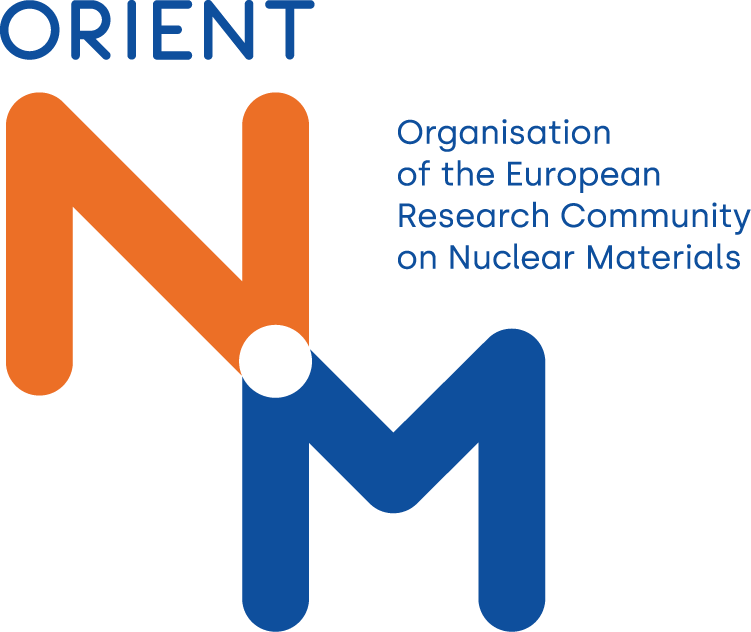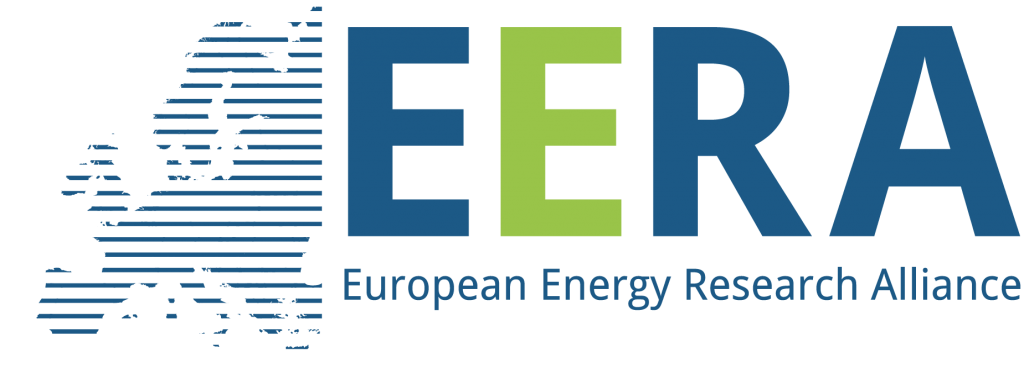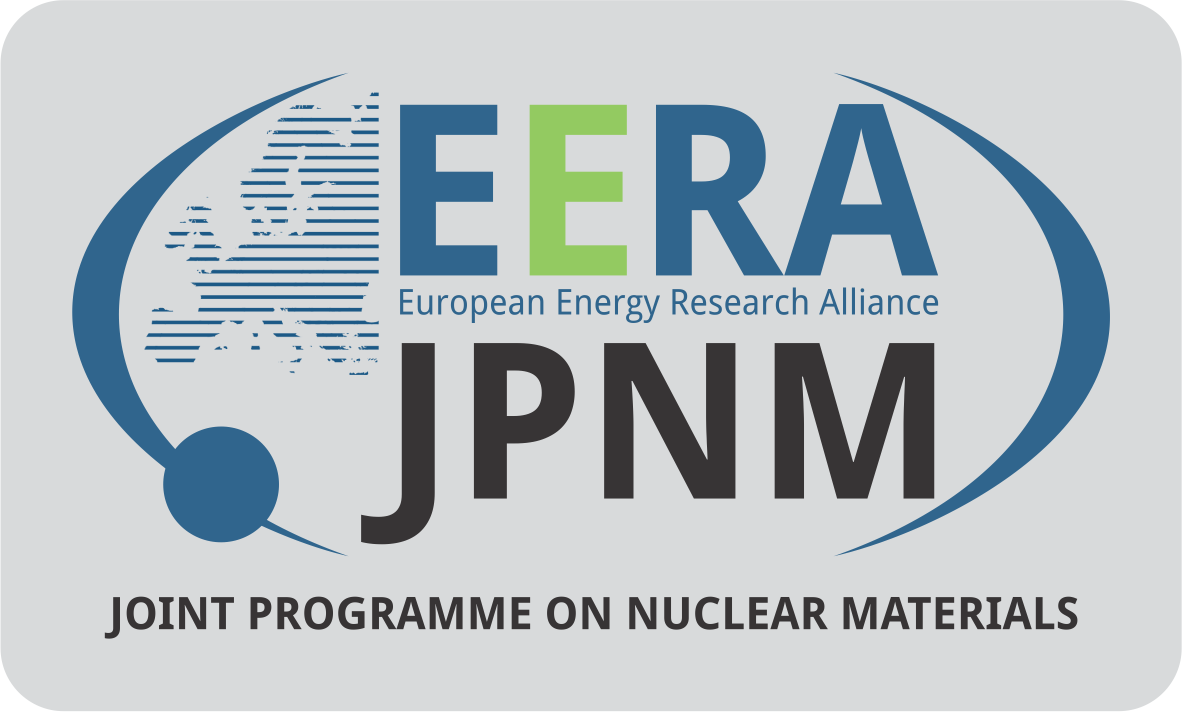ORIENT-NM vision paper proposes a shift in nuclear materials science approach
The Euratom-funded project is exploring the opportunity of setting up a European partnership on nuclear materials. Among its deliverables was to develop the vision of the European research community on nuclear materials, as represented in ORIENT-NM.
An analysis carried out by ORIENT-NM of the national energy and climate plans (NECP) revealed that, by 2040, a significant number of EU member states intend to maintain or even expand their nuclear installed power through Long-term Operation (LTO) of current generation reactors, power uprates and new builds. In addition, game-changers such as small modular reactors and advanced designs of interest throughout the continent may lead nuclear energy to be even more widespread in 2040 than currently foreseeable. Recent dramatic geopolitical events might also have an impact on this.
In this regard, several studies agree on the fact that nuclear energy remains the single largest low greenhouse gases (GHG) emitting energy source for electricity production on the continent and will maintain this role in the foreseeable future, being as such in line with the goals of the European Green Deal. Moreover, nuclear energy has predictable and relatively low prices and guarantees secure energy supply.
Materials research plays a crucial role to enhance safety, efficiency and economy of nuclear energy, sustainability of current reactors and to enable the commissioning and deployment of next generation reactors, as well as fusion. The nuclear materials science community in Europe is therefore called to provide the tools, knowledge and skills to enable each European country to maintain the wished and needed nuclear capacity and/or, depending on national policies and interests, to develop advanced nuclear systems
Addressing these challenges, requires the application of modern materials science approaches to accelerate materials development and qualification pace. This implies shifting from an “observe and qualify” approach towards a more advanced “design and control” one, combining applied research with more fundamental approaches. Advanced digital techniques and suitable models are the enablers of this shift.
This paradigm shift in nuclear materials science is at reach for Europe provided that an integrated nuclear materials research programme, i.e., a partnership, is set up to make coordinated use of assets that are spread across Member States and Associated Countries, including available schemes and roadmaps for access to and use of infrastructures. Moreover, this ambitious effort can only be achieved by promoting close, structured and continued collaboration between academia, research organizations and industrial partners all over Europe.
Such research programme, consistently with the activities foreseen in the SET-plan implementation plan on nuclear safety, will pivot around five research lines that are transversal through all classes of nuclear materials and is expected to leverage substantial national and industrial support. Because of its transversal nature, it will maintain and build competences and will equally serve all the various nuclear energy national strategies, supporting nuclear industry competitiveness and robust supply chain, with benefits for fusion and non-nuclear energy, as well.





